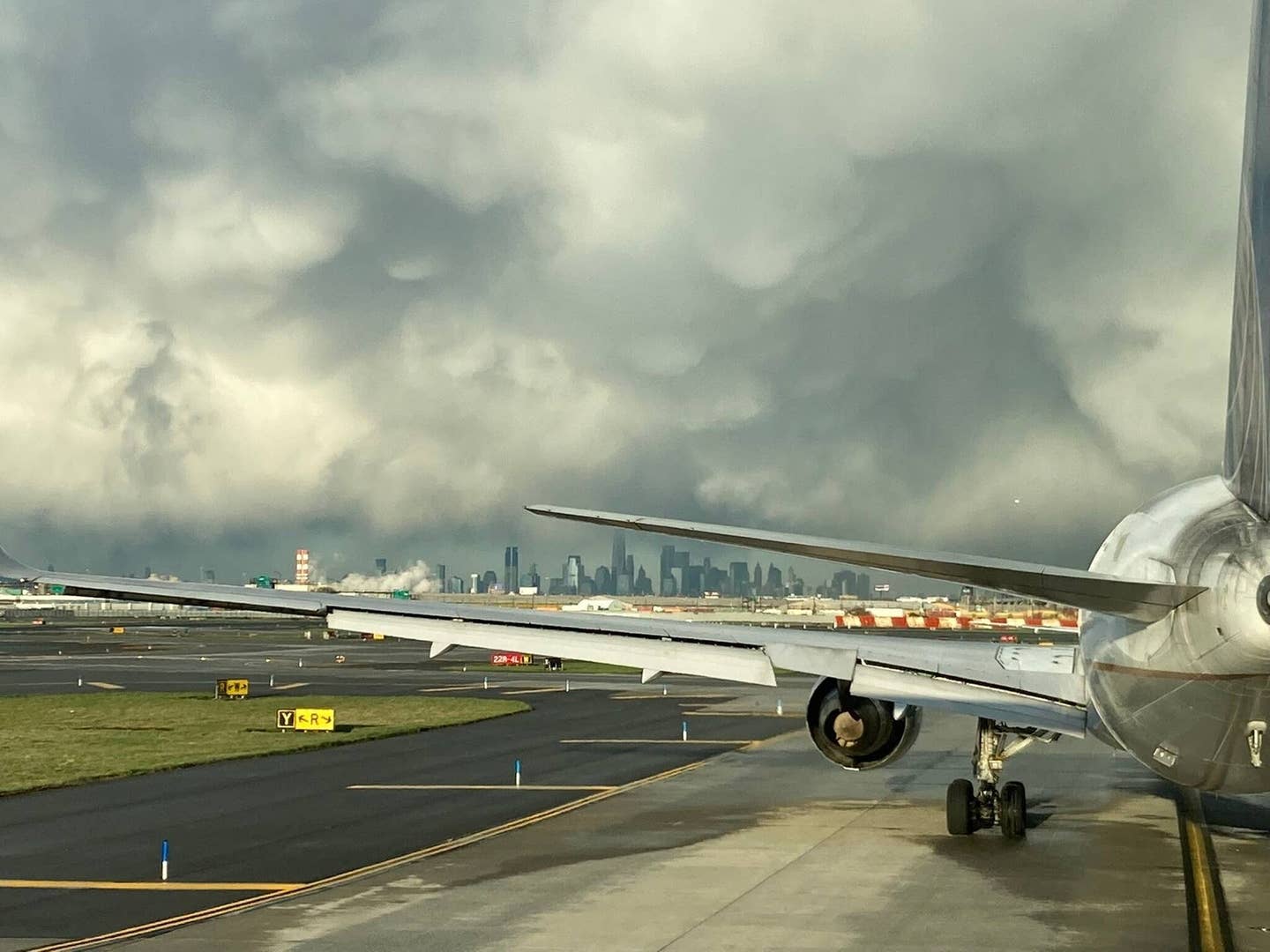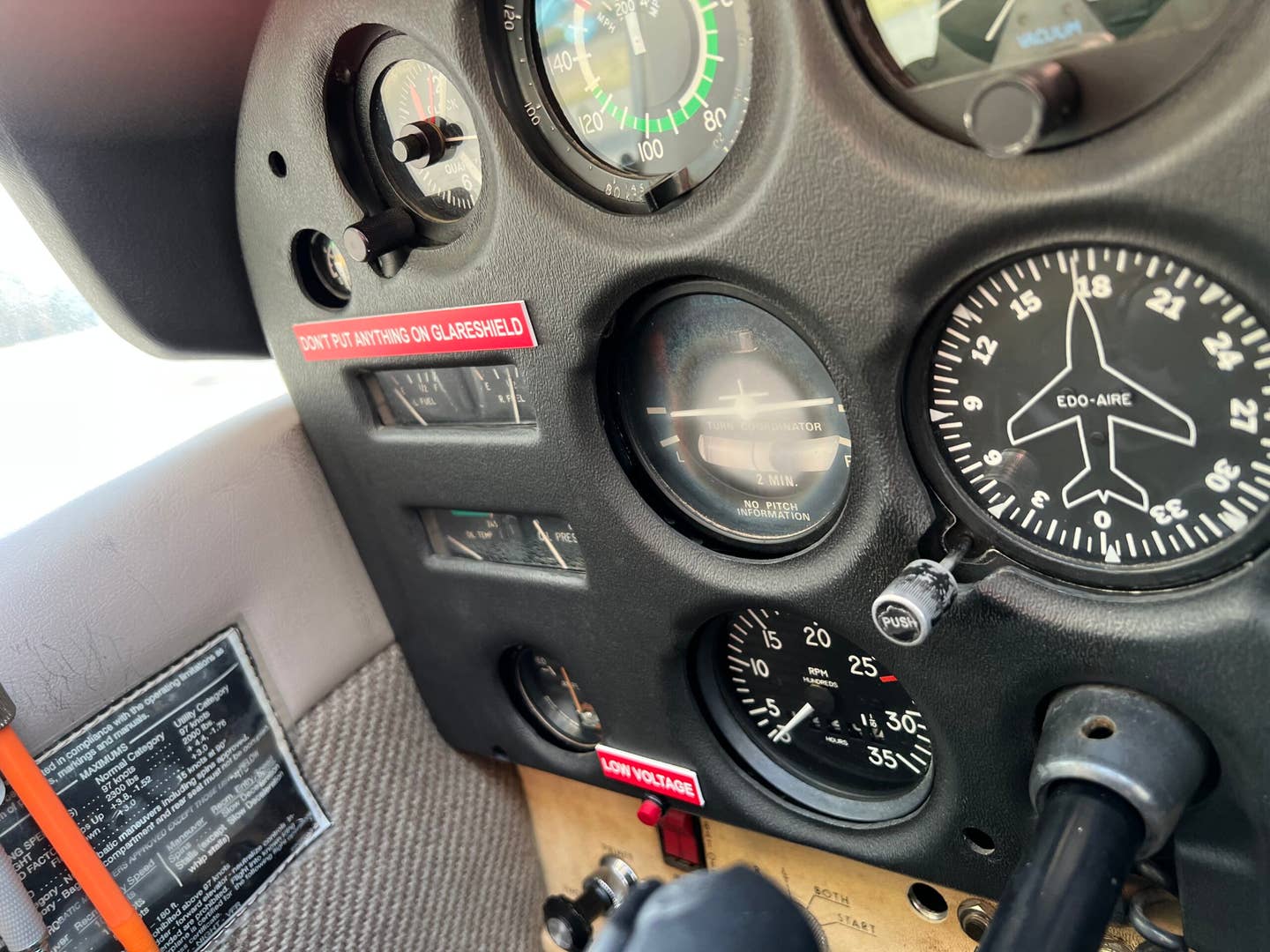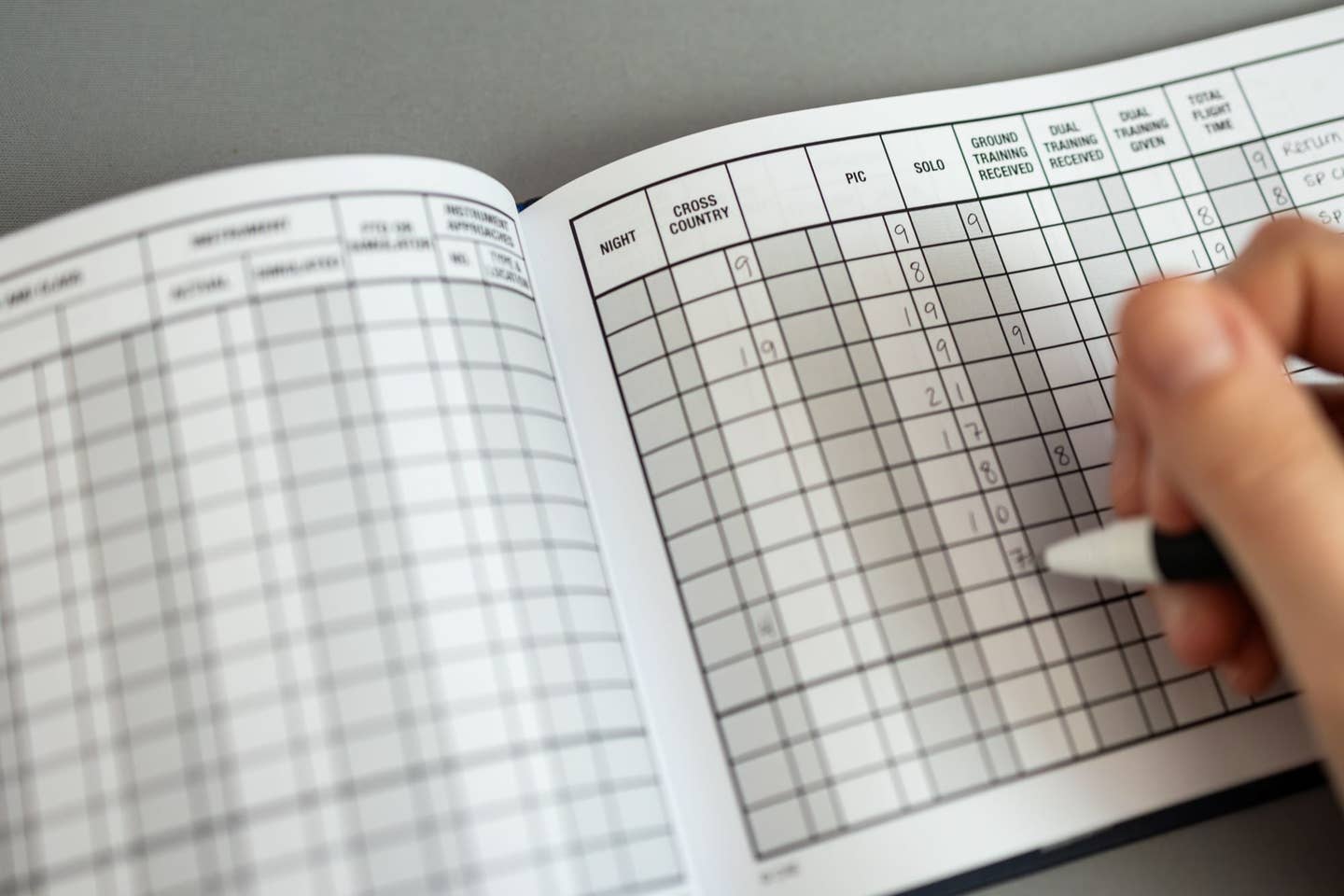
When I was learning to fly, I had a wonderful flight instructor. He was great at teaching ground school, explaining what was going on in the cockpit and talking me through each maneuver. There was only one problem. He talked too much. He talked so much that during my first solo, the strangest sensation was not the fact that I was controlling the airplane all by myself. It was the eerie quiet in the cockpit.
After becoming a flight instructor and teaching several students to fly, I decided to take a different approach. Certainly, I talk my students through maneuvers, but once they have reached a certain skill level I find that there is a great value in quietly allowing the students to make mistakes. I believe patiently waiting for them to discover that the altitude or heading is off is much better than stating “watch the altitude” or “watch your heading.”
While sitting quietly should be the easiest thing in the world, it is not. When I see mistakes, I tend to focus on them. But it would be strange if a student who is just learning to fly could spot mistakes before the instructor. I personally find it frustrating when I’m flying as pilot in command and the person in the right seat comments on an error that I’m just about to fix, and I’m sure most students feel the same way. So unless the flaw jeopardizes the safety of the flight, I keep quiet, at least for a little while, to see if the student makes a correction.
I’m not suggesting that flight instructors should sit quietly and not make comments when their students make mistakes. But I feel they should allow some time to pass before making a comment. And rather than pointing out what needs to be fixed, a better statement may be “what do you need to correct?” During instrument instruction, the same approach applies. When a student starts getting behind while setting up for an approach I don’t say: “it’s time to check the ATIS,” or “twist in the final approach course.” I ask questions like “what’s next?” or “what should you be doing now.”
Sometime the response to my question may not be anything close to what I’m looking for. The student might find something else that is not right with the flight. And as long as the flaw I noticed isn’t time critical, I allow the student to fix the flaw he or she noticed, then I say: “what else do you need to do?” This approach will teach the student to always think in the cockpit and enforce the pilot in command mind-set that is critical in a good pilot.

Sign-up for newsletters & special offers!
Get the latest FLYING stories & special offers delivered directly to your inbox






